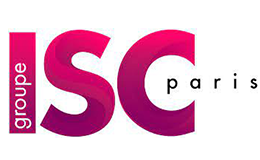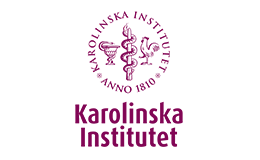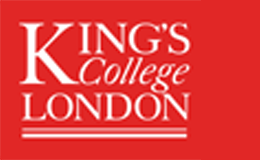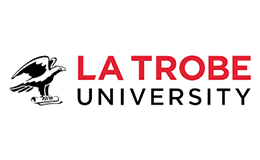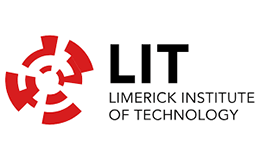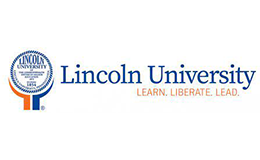USA Work Visa - Requirements, Types, Cost
Work Visa USA: How to Get US Work Permits

Every year, the United States becomes home to millions of foreign workers across different employment categories. A work visa as the name implies is a general term for a legal permit obtained by an individual from the concerned authority to work in a foreign country for a certain period. Anyone who wishes to enter the United States to earn an income for any job performed needs a valid work visa. Without the visa, any employment agreement signed or income earned is illegal and will be subject to legal ramifications.
It is commonly observed that the complexities involved in securing the right visa become a stressful task. In this article let us discuss the work visas available for foreign nationals to legally work in the US.
Below are 5 ways an individual can legally receive work and residency permits in the United States:
1. Sponsorship by an employer
2. Sponsorship by a close family member in the United States
3. Investment
4. Diversity Visa Lottery Program
5. Asylum and Refugee status
Following are the popular work visas available for foreign nationals to work in the USA:
1. H-1B visa for skilled workers
2. H-2A visa for seasonal agricultural workers
3. H-2B visa skilled and unskilled workers
4. L1-A Intracompany transferee- managers and Executives
5. L1-B visa Intracompany transferee- specialized knowledge professionals
6. EB(1 to 5) visa for Green card- permanent residency to live and work in the USA
Working Part-time while studying on a student visa in the USA.
Firstly let us get introduced to the students' visas in the USA.
· F-1 visa: It is a non-immigrant visa for individuals who wish to enter the USA to attend a university or college, private school, seminary, language training program, high school, other academic institution, etc. for the purpose of studying a program or course.
· M-1 visa: It is a non-immigrant visa available for students who wish to enroll in a non-academic or vocational training/ course/ program viz. mechanical/technical/ Cosmetology program/ cooking classes/ flight school/ language programs, etc. in the USA.
· J-1 visa: This visa is a non-immigrant visa available to exchange visitors/ research scholars/ professors/ participating in events and programs that promote cultural exchange or impart medical or business-related training in the USA.
F-2, M-2, and J-2 are the dependent visas for the family members of the student visa holders respectively.
On-campus placements for student visa holders:
There are 2 types of on-campus placements that are permitted without notified authorization from the USCIS (the United States Citizenship and Immigration Services).
1. While the regular session is on, the students cannot work for more than 20 hours per week. During extended holidays, summer sessions and breaks, the students are allowed to work full working hours (up to 40 hours per week).
2. The work must be strictly on-campus, however, the USCIS permits work at locations out of campus in the following cases when you are working as a part of:
· a scholarship program
· an assistantship program
· post-doctoral appointment
· fellowship, etc.
Ø The workplace is considered on campus if it is ‘educationally related’
Ø The workplace is considered on campus if it is ‘educationally affiliated’ including a student conducting research for a professor who is earning research grants from institutions other than the school.
As an international student studying abroad, it is your duty to check whether certain employment falls under the ‘on-campus’ category. If you engage in any illegal employment you will be at risk of facing serious legal charges including deportation. It is always advisable to check with the international student advisor, DSO, or employer about any confusion or complication regarding your off-campus or on-campus employment when staying on a student visa.
Off-campus placements for student visa holders:
Off-campus work is allowed in the rare cases of extreme hardship faced by the students on account of unforeseen circumstances that are not in students’ control. The authorization should come from the USCIS based upon a special request from the school (DSO-designated school official). Eligibility for off-campus employment is determined by the school (DSO).
Transfer of status from student visa to work visa after completion of education:
International students have an advantage in seeking citizenship compared to foreigners as they have already legally entered the USA on a student visa (F-1 visa).
When students complete their education they have many options to transfer their F-1 visa status to a non-immigrant work visa or legal residency. The F-1 visa allows you to stay in the USA for 60 days from the date of completion of the course. It is advisable to start planning well in advance if you wish to stay back in the USA.
Employment-related ways that can extend your stay in the USA:
· H-1B Non-immigrant Visa:
International students can change their student visa status to H-1B through an employer who can sponsor your visa. To become eligible for an H-1B visa the sponsoring US employer and the candidate need to prove certain requirements to the USCIS. Once you get the H-1B visa it allows you to work and stay in the US for 6 years. If you happen to change jobs during these 6 years you will have to intimate the USCIS and your new employer will have to file an H1-B transfer petition on your behalf. This H1-B petition works retrospectively with regard to the stay duration. During the 5th year of employment, the employer can file for an employment-based permanent residency permit (I-140). Once your I-140 is approved you have to wait till your priority date becomes current. For a few countries, it takes more years for the priority date to become current. In this case, you can file an extension to the USCIS for the H-1B visa. If your H-1B expiration date is close and you are waiting for the reply from the USCIS on your H1-B extension, you are covered under the ‘240-day rule’. As per this rule, you can continue working on the same job (without changing employers) for a further 240 day period after H1-B expires. However, if your application is denied you have to cease your stay immediately and leave the US.
· Optional practical training (OPT)
Optional practical training (OPT) is a scheme or program designed for graduate or undergraduate students who are on valid F-1 visas. Students under OPT can stay and work in the US for 12 months. Students who have obtained their degree or they are studying in the US for 1 full academic year are eligible for optional practical training. STEM (Science, Technology, Engineering, Mathematics students may receive 24 months stay extension. The USCIS website shows all the updates on rules regarding OPT. OPT employment should be related to your study discipline. USCIS authorization is required for you to apply for this program. If you are accepted under this program while your school sessions are active, you are allowed to work for not more than 20 hours per week. OPT is a good option to start with when you have no employer sponsoring H-1B after you complete your course. However, it is quite possible that your OPT employer might even sponsor an H-1B visa for you and subsequently hire you as a full-time employee.
· Green card
Getting a Green card is the main intention for any foreigner staying in the United States. International students have some advantage with respect to Green card
status as they have legally spent a good amount of time in the US. An H1-B visa is a non-immigrant visa allowing you to spend a limited number of years. The green card, on the other hand, is a road to permanent residency. Even if obtaining a Green card takes longer, most employers will file the Green card petition for you once you have proved that you are a valuable asset to the company. One can also self-petition for the Green card.
Non-employment-related ways that can extend your stay in the USA:
· Immediate family sponsorship
Anyone seeking a Green card has a close family member residing in the US as a US citizen, it may happen that their Green card status can be sponsored by the family member (US citizen). To sponsor you, your family member has to be a sibling, spouse, parent or child. The Alien relative petition (I-130) needs to be filed to prove your relationship with the US citizen.
· Marriage
This is the fastest way to obtain permanent residency status if you are lucky to get married to a US citizen. Although marrying is not just enough to grant you United State’s citizenship as USCIS requires you to prove that the marriage is valid and genuine.
Citizenship through the way of asylum and military service are off-bit and rare ways to apply for the same.



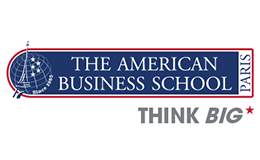
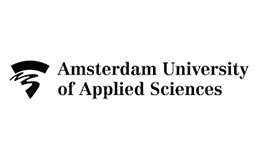
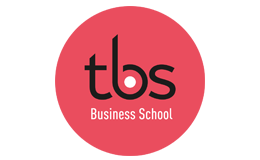
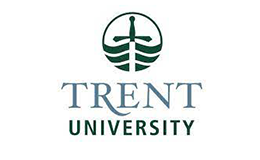
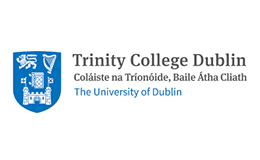
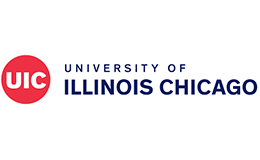
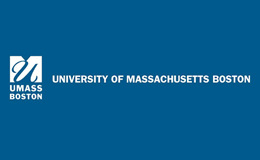
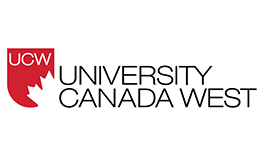
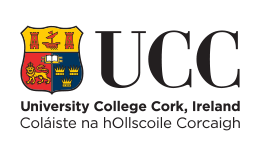
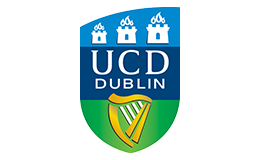
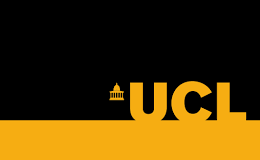

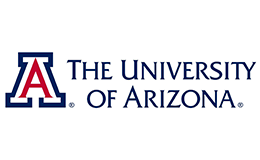
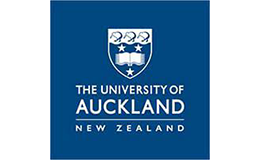
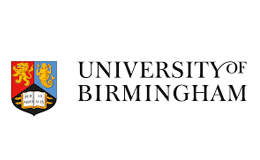
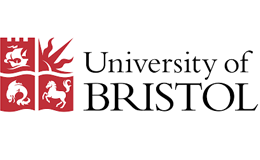
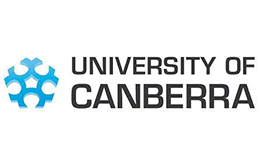
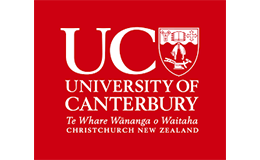
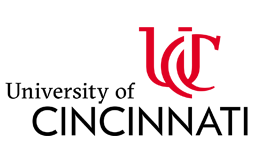

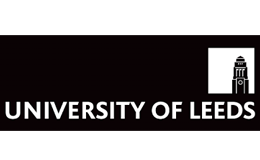
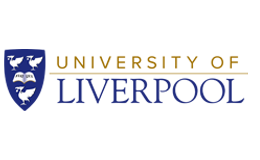
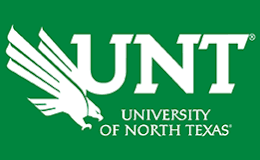
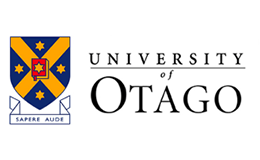
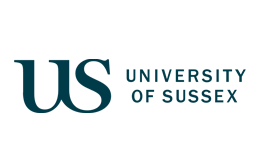
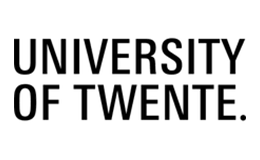
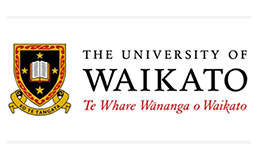
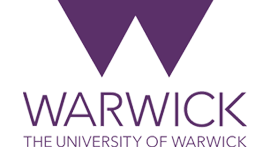
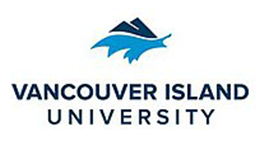
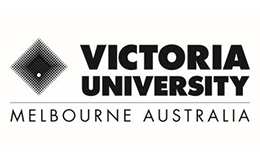

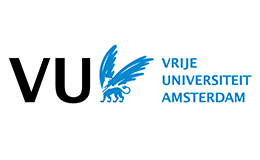
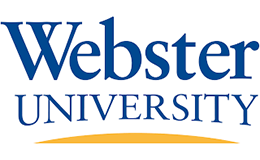
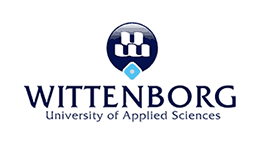
.png)

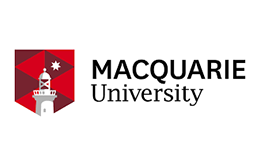
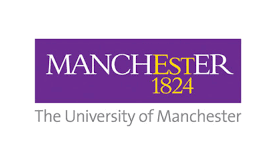
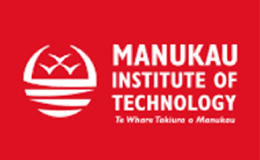
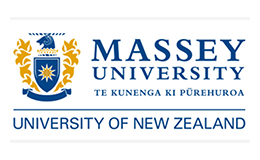
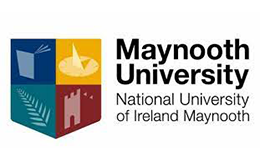
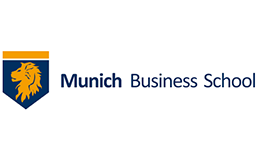
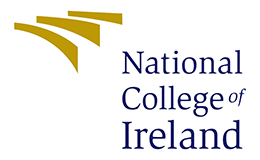
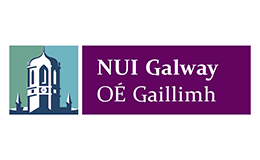
.png)
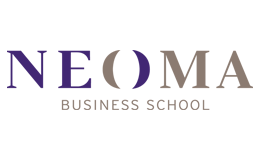
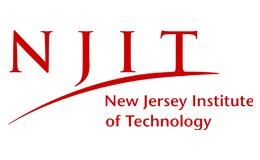
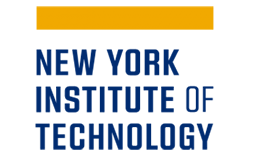
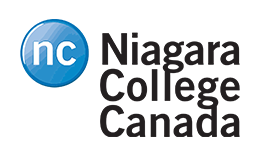
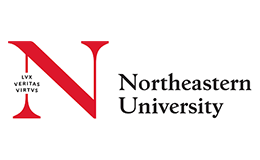
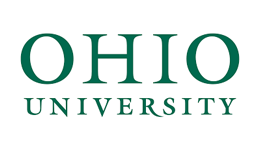
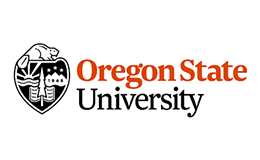
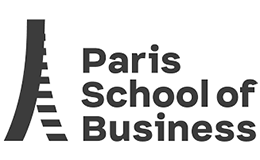
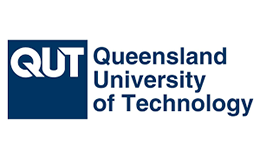
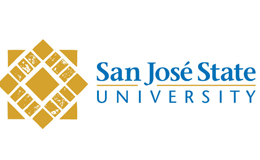


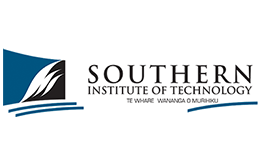

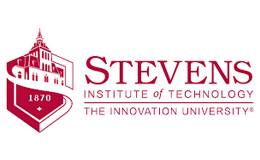
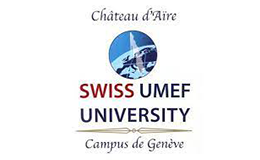

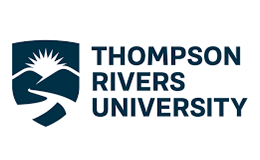
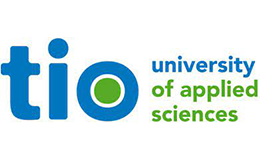
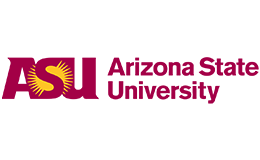

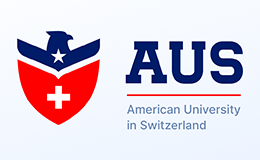
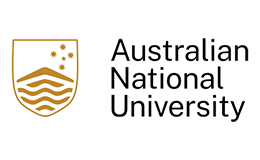
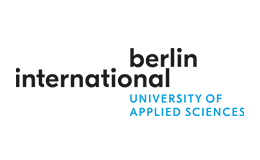
.png)

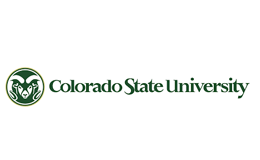
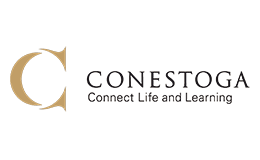
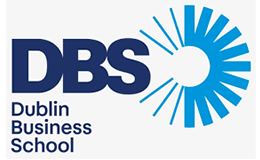
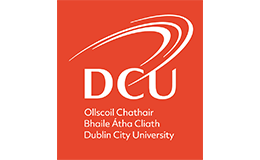
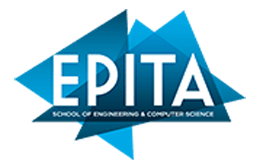
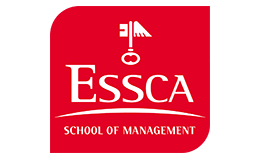



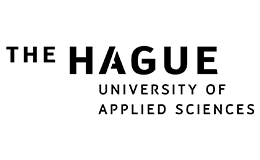
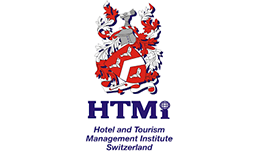

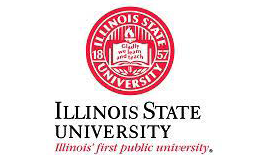
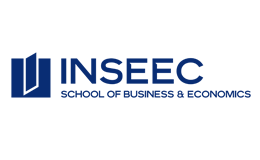
.png)
